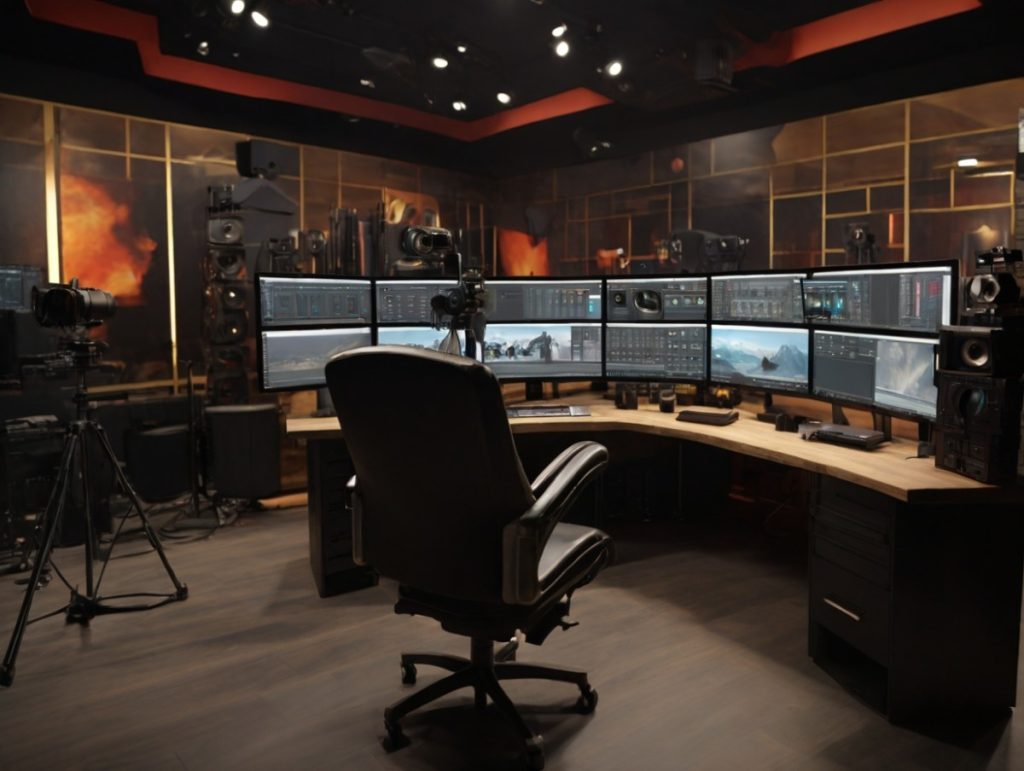A recent AI study has revealed that the famous “Madonna della Rosa” painting was not entirely composed by the talented Italian Renaissance painter, Raphael.
“When we tested the della Rosa as a whole, the results were not conclusive. So, then we tested the individual parts and while the rest of the picture was confirmed as Raphael, Joseph’s face came up as most likely not Raphael,” said Professor Hassan Ugail, Director of the Centre for Visual Computing and Intelligent Systems at the University of Bradford.
AI Confirms a Second Hand in della Rose Painting
The result from the AI algorithm created by Professor Ugail showed that while the paintings of the Madonna, Child and St John featured in della Rosa were indeed made by Raphael, the face of Joseph was most likely made by someone else – one of Raphael’s pupils, Giulio Romano.
The della Rosa painting was reportedly made in 1517/18, and back then, people attributed 100% of the work to Raphael. However, some art historians began to question its composition in the 1800s and preferred to attribute the work partially to Raphael and his workshop.
The AI report now comes as an added confirmation of what the art historians had believed.
“The AI programme analysis of our work has demonstrated conclusively that whereas the three figures of the Madonna, Christ Child and St John the Baptist are unequivocally painted by Raphael, that of St Joseph is not and has been painted by someone else – possibly by Romano, as believed by zur Capellen and others.”
AI’s Potential in Art Historical Research
Overall, the news highlights the potential of AI for art historical research and analysis. Attributing and authenticating art involves a multifaceted approach that considers various aspects, each contributing to a more complete picture.
Deep learning algorithms can analyze artworks in ways that human eyes might miss by comparing brushstrokes, colour palettes, and compositional patterns to a vast database of known works, according to Professor Ugail.





